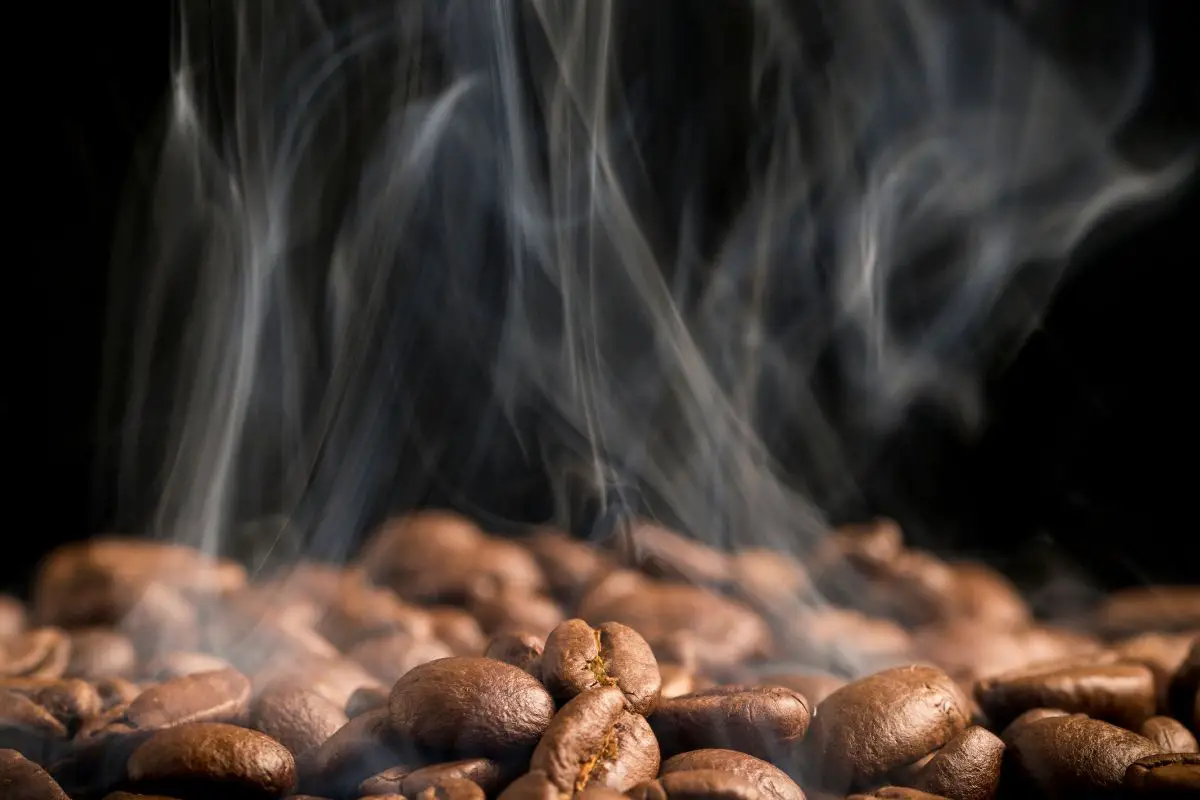From the lofty heights of its origin to the artistry of roasting and brewing, there are many variables that shape the flavor and aroma profile in coffee. For specialty aficionados, degassing is a critical process not to be overlooked; it can drastically alter the taste experience by time it reaches your cup – making all those hours spent selecting beans worthwhile. So how long to degas coffee beans? Let’s explore further below.

What Is Degassing?
When it comes to specialty coffee, roasting is essential. Through a series of thermally-driven chemical reactions, gases such as carbon dioxide (CO2) are formed inside the beans and gradually released over days and weeks – this process is known as “degassing”.
It’s not just important to ensure that your coffee reaches you fresh with its original aromas intact; according to a study published in Journal of Agricultural and Food Chemistry, CO2 plays an integral role in deciding how good your cup of joe will be!
The release of this gas affects extraction during brewing: too little means uneven contact between grounds and water which can lead to less than desirable flavors – like drinking something flat or stale! On the other hand, if you consume your freshly roasted beans straight away without allowing them time for degassing, then all those lovely aromatics won’t quite make their way into each sip.
How Long To Degas Coffee Beans?
As a coffee aficionado, it’s essential to know the optimal waiting period between roasting and consumption. In the first 24 hours after roast, around 40% of all CO2 is released due to pressure within the beans – but afterwards, this process slows down drastically depending on how you prepare your coffee.
Whole bean will take longer because its small surface area prevents the gas from escaping too quickly; whereas grinding exposes more surface area which allows gases to escape faster. However, these aren’t the only factors that affect degassing times: roast profile, variety and processing are just as pertinent in determining when your coffee reaches optimum levels for drinking pleasure.
For washed coffees, it’s ideal to wait about seven or eight days before enjoying them – although naturals need up two weeks since they’ve been left in their cherry for an extended period of time. Dark roasts go stale quicker than light ones due to being heated at higher temperatures over a prolonged duration – meaning those dark-roast devotees out there should be extra vigilant!
Keeping Your Roasted Coffee Fresh
During the first 12 hours or so after roasting, coffee beans are in a state where they’re resistant to oxygen entering its structure. But when this period has passed, oxidation takes over and causes coffee to lose its delicate flavors and become stale.
If you want your cup of joe to maintain freshness for two weeks or more, it is essential that the container contains an oxygen level below 1%. However, if a container is completely airtight, then CO2 released from the coffee will have no way of escaping – which could lead to packages bursting open in transit!
Fortunately, there’s a fix: degassing valves on bags can be used as one-way vents which release CO2 while keeping out oxygen; ensuring flavor isn’t lost and staying fresher for longer. Degassing valves consist of five pieces including caps, elastic discs and adhesive layers – these can either be visible externally or hidden within packaging too. So don’t let oxidation ruin your beans- get yourself some coffee bags with degassing valve technology!